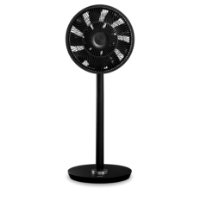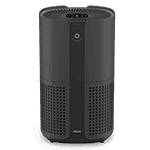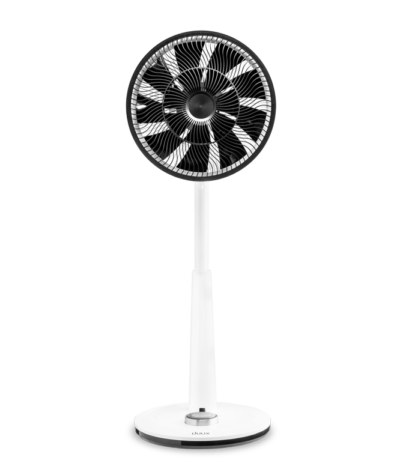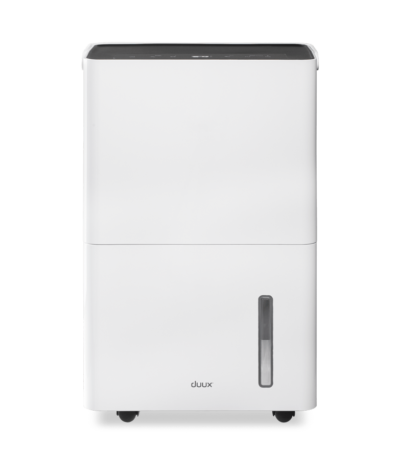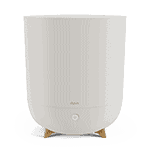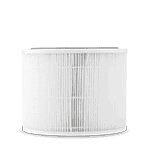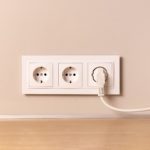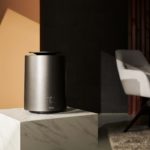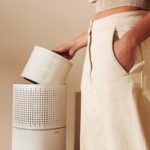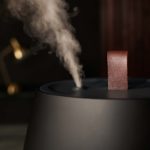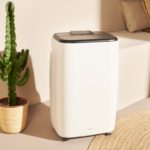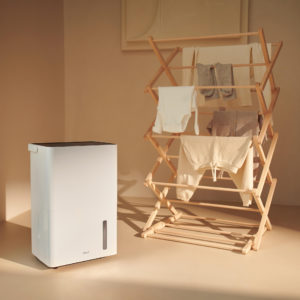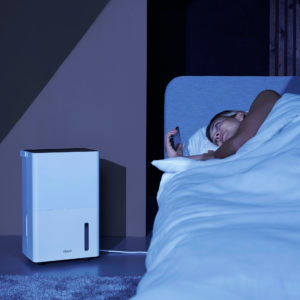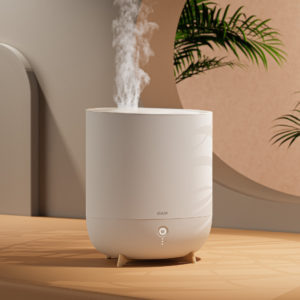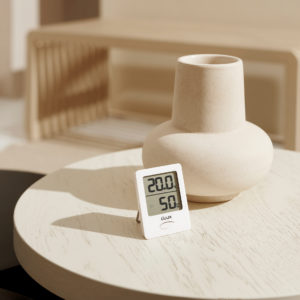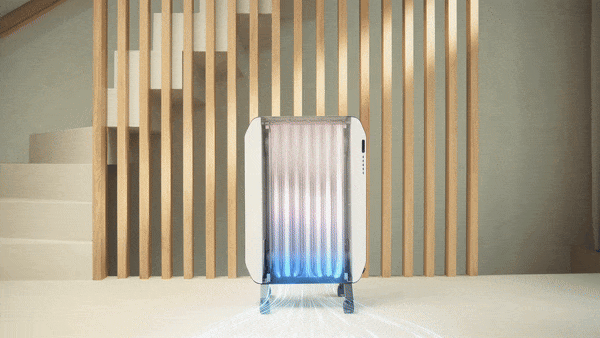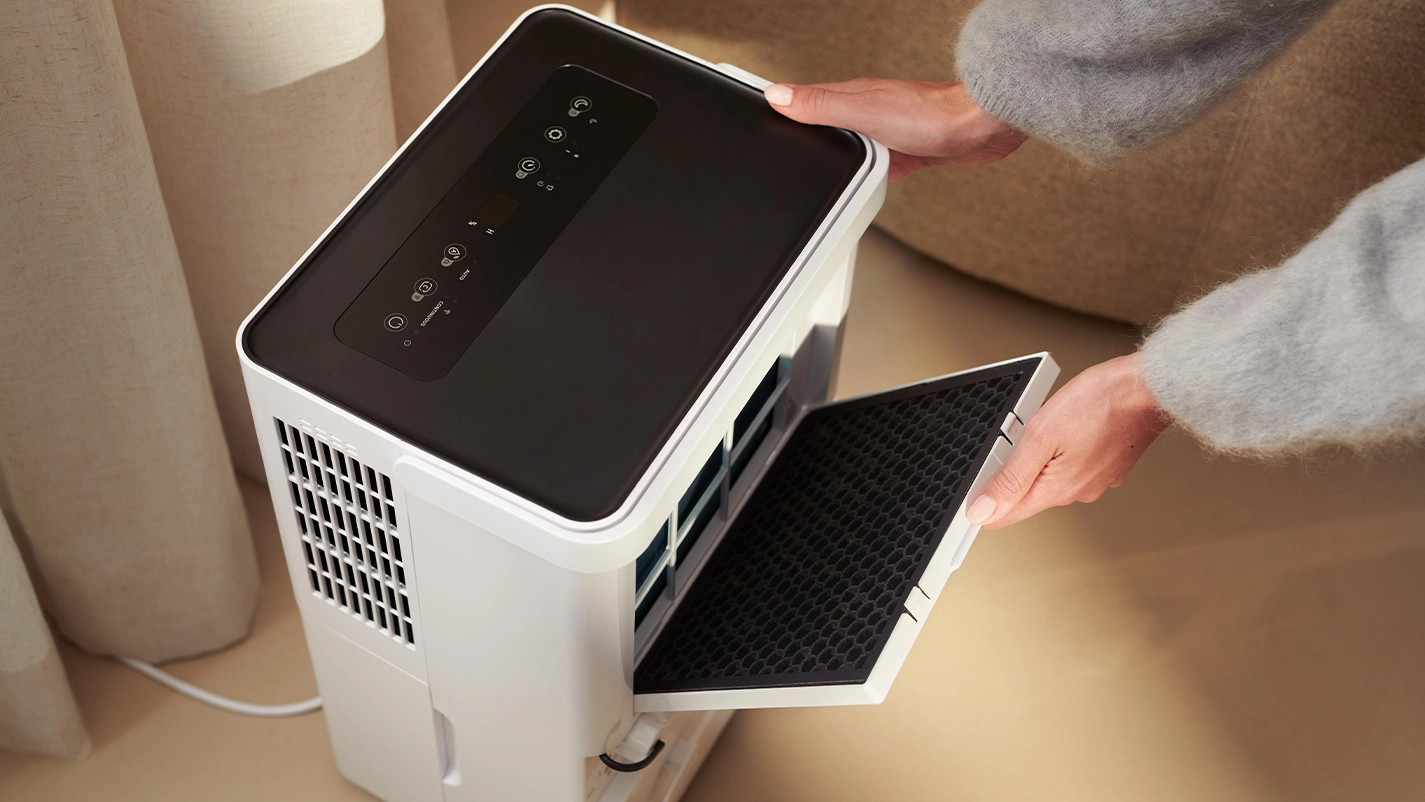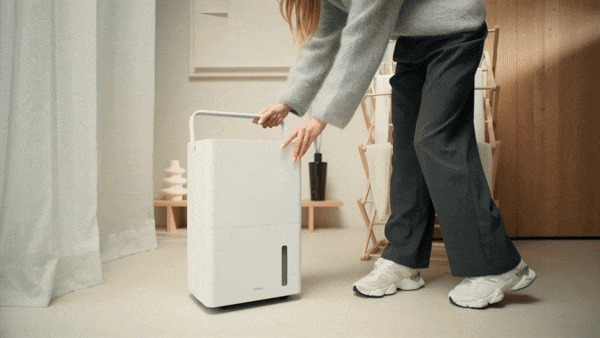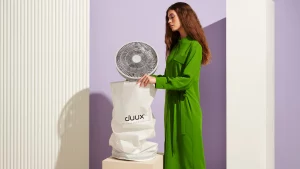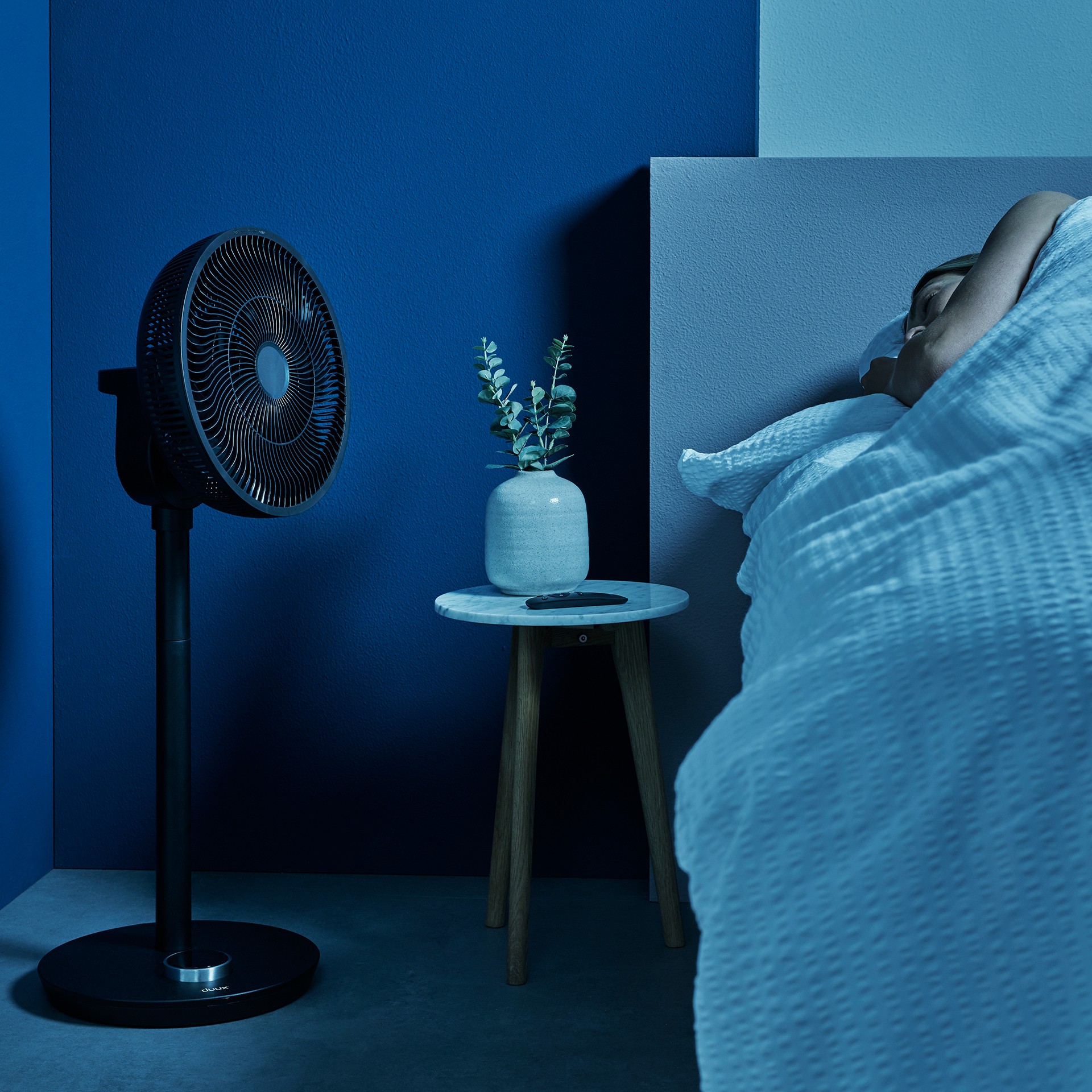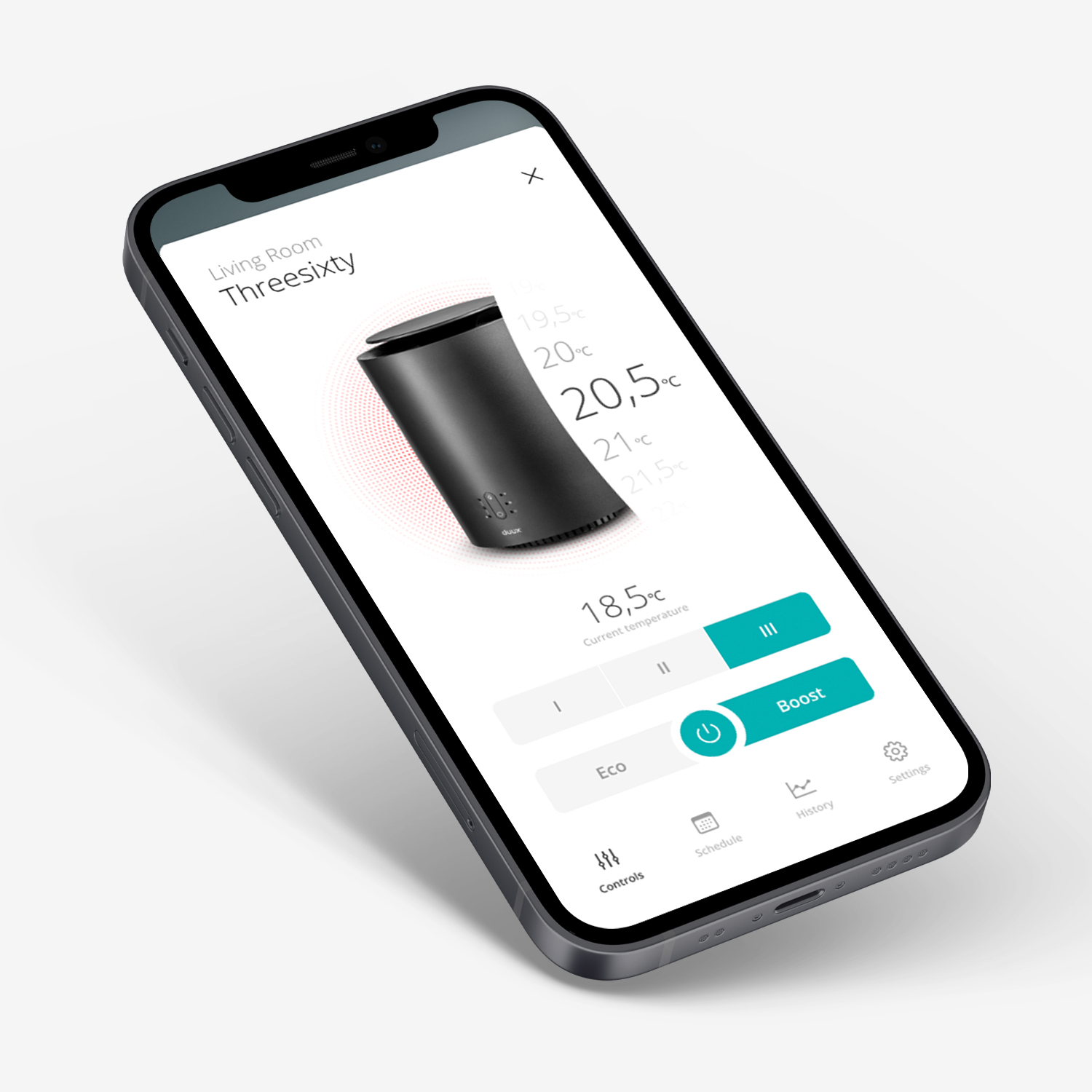Moisture in the home: we all have to deal with it from time to time. Think of condensation on the windows, a musty smell in the basement, or laundry that just won't dry. In many cases, excessive humidity is the culprit. And that can cause not only discomfort, but also unhealthy situations such as mold and dust mites. Fortunately, there is a smart solution: a dehumidifier. But how exactly does a dehumidifier work? And when do you use one? We explain it to you in this blog!
What does a dehumidifier do?
A dehumidifier removes excess moisture from the air. Simply put, the unit draws in moist air, which condenses into water, and blows dry air back into the room. This reduces humidity and makes the room more comfortable and healthier. Ideal for humid places such as the basement, bathroom or laundry room.
How does a dehumidifier technically work?
Most modern dehumidifiers work with a compressor. This technology uses a refrigerant to remove moisture from the air:
1. Drawing in moist air: The fan draws the air in.
2. Condensation process: The air is cooled against cold coils of the compressor, causing moisture to condense.
3. Water collection: moisture is collected in a water tank or drained through a hose.
4. Blow out dry air: The now dry air is blown back into the room.
Many models, such as the energy-efficient dehumidifier Bora from Duux, have a built-in hygrostat. With this, you simply set the desired humidity level (for example, between 40 and 60%), after which the device automatically adjusts itself.
Wondering what that looks like in practice? Then watch this explanation video from Bora. In three minutes you can see exactly how this dehumidifier works, what functions it has, and how easy it is to operate.
When do you use a dehumidifier?
There are several situations in which a dehumidifier comes in handy:
- In the basement: Basements are naturally more humid due to contact with the ground. A dehumidifier prevents mold and musty smells.
- In the bathroom: No window or poor ventilation? Then you quickly suffer from condensation and mold on the walls or ceiling. A dehumidifier here keeps things fresh and dry.
- In cold rooms: Because relative humidity rises at lower temperatures, the walls, windows and furniture there tend to be colder, so humidity condenses more quickly. Too much moisture in the home can cause stuffiness or allergies. With a dehumidifier, the indoor climate in the living room or bedroom remains pleasant and healthy.
- In the laundry room: With a dehumidifier that has a special laundry mode , you dry your laundry faster and more energy-efficiently than with a dryer. Now that's smart drying!
How long should a dehumidifier be on?
It depends on the humidity, temperature and size of the room. In most cases, a dehumidifier works most efficiently in auto mode, where it automatically turns on and off depending on the measured humidity. Do you have a lot of moisture in your home, such as after a shower or while drying laundry? Then you can temporarily use continuous mode.Many models also offer a timer function, so you control how long the unit is on.
What is a good dehumidifier?
A good dehumidifier is quiet, energy efficient, easy to use and powerful enough for the room you are using it in. The Bora dehumidifier from Duux is a great example of this. With a maximum dehumidification capacity of 20 or 30 liters per day, a silent night mode of 36 dB, as well as control via the Duux, Bora combines functionality with comfort. Moreover, it has a carbon filter against odors and a self-cleaning function: convenient and hygienic!
Want to learn more about Bora or discover if this model is right for your home? Then check out our advice page on dehumidifiers and find out how to easily create a healthy indoor environment.
Conclusion: a dehumidifier is not a luxury, but a necessity in humid rooms.
Excessive humidity in the home can lead to health problems, mold and uncomfortable conditions. Especially during cold and wet periods, such as fall and winter, excess moisture often lingers in the home. With a good dehumidifier, you can solve this effectively. Whether it's a damp basement, a hot bathroom or a laundry room where laundry just won't dry. And with smart, quiet and energy-efficient models like Bora, you can effortlessly make your home a healthier place.
Want more tips on air quality and indoor climate? Then check out our home humidity advice page and learn how to manage humidity smartly and sustainably!
